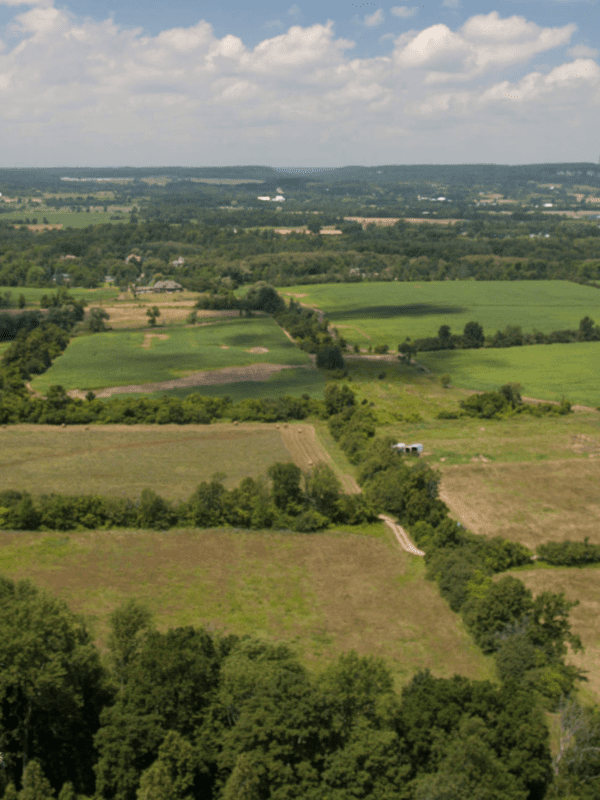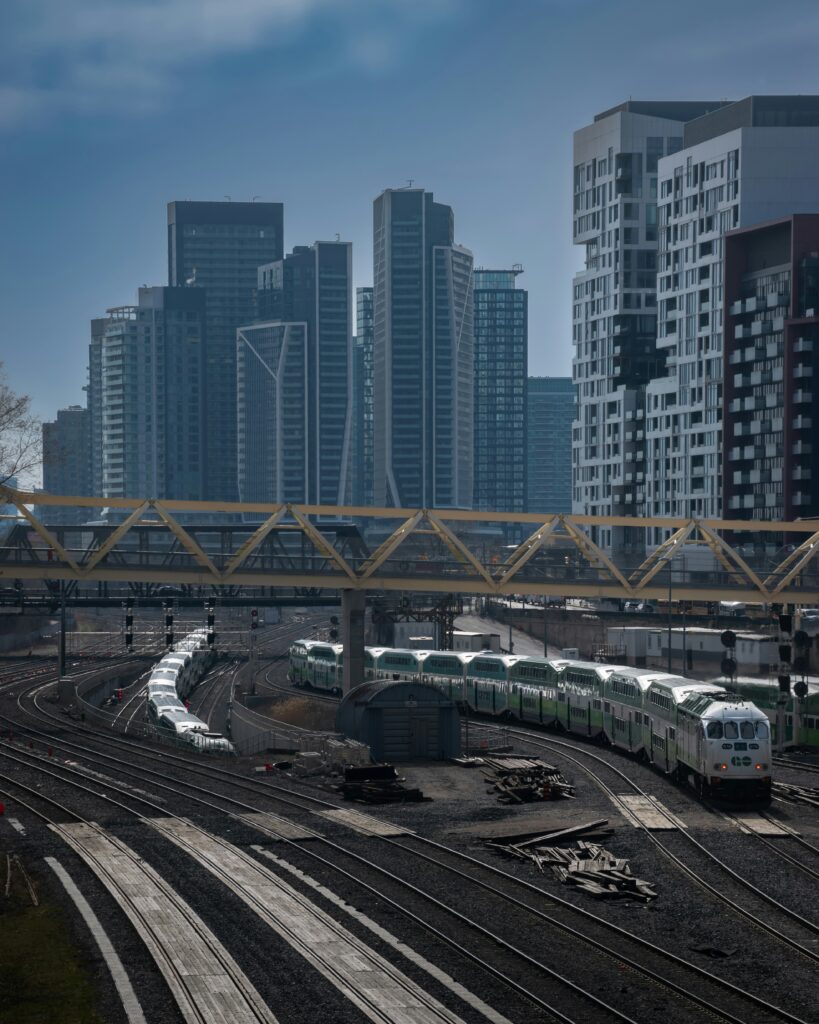Statement By Phil Pothen, Ontario Environment Program Manager
Toronto | Traditional territories of the Mississaugas of the Credit, the Anishinaabeg, the Haudenosaunee, and the Wendat – The Ontario Government’s Proposed Bill 60 threatens to ban the fastest, lowest -cost approaches to expanding rapid transit, and would obstruct the most viable paths to ending Ontario’s housing shortage and delivering more affordable homes.
The new law, ironically labeled the Fighting Delays, Building Faster Act, 2025 would empower the Minister of Transportation to prohibit dedicated bus rapid transit lanes on existing residential streets. While the amended Highway Traffic Act would directly ban the conversion of motor vehicle lanes to protected cycling lanes, it would also expand the ban on conversions for “[a]ny other prescribed purpose”. The very same special interest groups that have demanded the Ontario government ban on bicycle lanes have also been vocal in opposing bus lanes.
Bus Rapid Transit plans, like Toronto’s RapidTO, which deliver rapid transit by quickly converting existing private car-lanes into dedicated high-speed bus corridors, are critical to solving traffic problems, and unlocking hundreds of thousands of infill homes in Ontario’s existing suburban and urban neighbourhoods. That is because they do not require the years of construction, and billions of dollars of public investment that building new roads, free-standing busways and purpose-built subways entails.
Banning surface bus lanes would also jeopardize many of the hundreds of thousands of mid-rise and four-plex apartments recently pre-approved by municipalities like Toronto and Hamilton, which are the only realistic path to ending Ontario’s housing shortage. More than just climate-friendly, mid rise and multiplex timber-frame apartments are the only formats capable of delivering new family homes fast enough to meet housing needs, and inexpensive enough to be reliably viable in the current economic climate. Even where bans on building without parking have been repealed, it won’t be viable for homebuilders to develop most of the approved sites outside of downtowns and transit station areas unless municipalities are permitted to provide frequent, reliable bus service now, not after decades of construction.
Bill 60 also threatens housing output in other ways. Most notably, Schedule 10 would enable Minister Flack to approve municipal zoning and official plan amendments even where they would scuttle other, more productive housing plans or otherwise violate Ontario’s remaining provincial land use planning policies.
By jeopardizing plans for bus rapid transit and zero-parking homes within existing suburbs, Bill 60’s amendments to the Highway Traffic Act and Planning Act would also swamp any gains from a promised- and long overdue- review of the Ontario Building Code.
Bill 60 would also make a mockery of the government’s assurances that its proposed ban on Automated Speed Enforcement cameras, won’t cause increased speeding and more pedestrian deaths. While Minister Sarkaria has suggested that it will increase “traffic calming” to compensate for reduced speed enforcement, today’s proposed amendments to the Highway Traffic Act would rule out the “road diets” that are among the few reliable ways of calming traffic on streets where buses operate.
Background information:
- Minister Sarkaria’s comments regarding “traffic calming” initiatives can be found in the Ontario Government’s News Release titled, Ontario Protecting Taxpayers by Banning Municipal Speed Cameras.
- The Ontario government has so far failed to implement the recommendations of the Midrise Manual, which identifies provincial laws and policies as the main barriers to developing mid-rise homes at scale and ending Ontario’s Housing Shortage.
- According to the Toronto Public Health Healthy Streets Evidence Review, a typical “road diet” consists of removing one lane in each direction of a four-lane street section. The road space previously assigned to the two removed lanes is then re-purposed for such things as a centre turn lane, landscaped median, cycle lanes, or wider sidewalks. In many cases, road diets occur where there is currently excess road capacity for motor vehicles. Collision rates tend to be higher for wider roads.
ABOUT ENVIRONMENTAL DEFENCE (environmentaldefence.ca): Environmental Defence is a leading Canadian advocacy organization that works with government, industry and individuals to defend clean water, a safe climate and healthy communities.
– 30 –
For more information or to request an interview, please contact:
Karishma Porwal, media@environmentaldefence.ca







